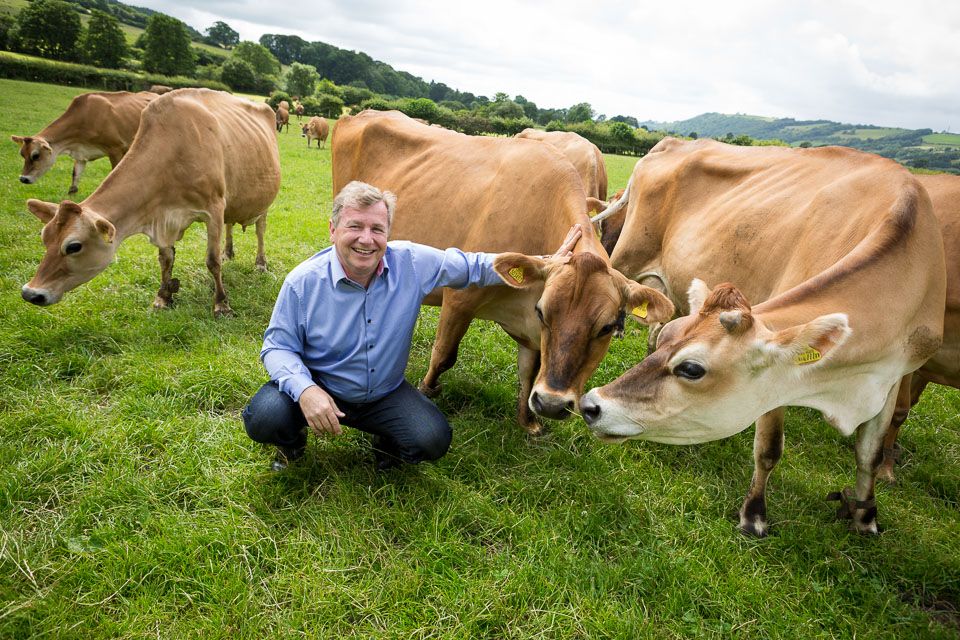
Burping Cows Get the Green Light to Join Carbon-Offset Market
Swiss company uses garlic and citrus to lower cows’ emissions
A garlic and citrus feed supplement that lowers the greenhouse gases burped out by cows is giving farmers the chance to become global carbon traders.
Verra, the largest program for voluntary carbon-offset credits, has approved a method to reduce livestock emissions that was developed by Swiss agritech company Mootral. That means farmers using such feed supplements will be able to sell greenhouse-gas credits in the carbon-offset market.
The dairy and meat industries are under pressure to decrease their climate impact as environment- and health-conscious consumers opt for plant-based diets. Livestock accounts for about 15% of global greenhouse-gas emissions and much of that comes down to the way animals digest food. Cow burps emit methane, a gas that traps about 25 times more heat than carbon dioxide.
Mootral’s process has been proven to cut emissions by up to 38%. The company has trialed the feed at a dairy farm in Lancashire, England, which means that British cows will be the first in the world to generate carbon credits, it said.
It expects the first “CowCredits” to be generated next year.
“This carbon methodology is the first of its kind in the world,” Mootral founder Thomas Hafner said in an interview. “We are starting with the dairy industry, because the performance benefits are easier for us to prove at this moment. We have long-term studies in the beef industry going.”
Sales of so-called carbon offsets are increasing as a pollution-conscious public tries to mitigate environmental damage. The global voluntary offset market was worth $296 million last year, 50% more than two years ago, according to researcher Ecosystem Marketplace.
To tap the carbon market, farms that cut the emissions would be allocated credits after an audited process that ensures their environmental credibility. Once issued to the farmer, they can be sold in the carbon market for profit. Typical emission credits are generated by trees that absorb carbon dioxide or wind turbines replacing coal-fired power stations.
To read the full article click here
